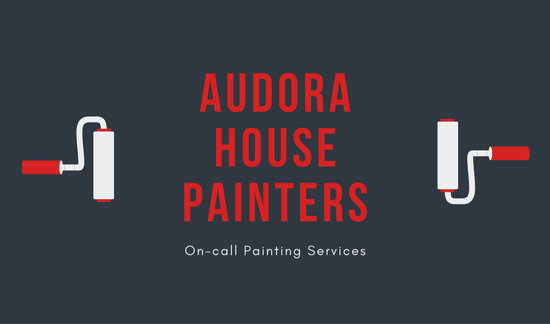Check Out The Influence Of Seasonal Components On The Effectiveness Of Industrial Exterior Painting And Recognize The Optimal Times To Attain Long-Lasting Outcomes For Your Project
Check Out The Influence Of Seasonal Components On The Effectiveness Of Industrial Exterior Painting And Recognize The Optimal Times To Attain Long-Lasting Outcomes For Your Project
Blog Article
Material Develop By-McLamb Browne
When you're intending a business external paint task, seasonal variables can make or break your outcomes. painting company 'll intend to consider exactly how temperature and moisture effect paint application and drying out times. Picking the right season can ensure your paint sticks effectively and lasts much longer. But which seasons are truly the best for this type of job? Allow's explore the crucial elements that can affect your task's success.
The Impact of Temperature Level on Paint Application
When you're intending a business exterior painting job, the temperature level can significantly impact just how well the paint sticks and dries.
Preferably, good painters near me wish to repaint when temperature levels range in between 50 ° F and 85 ° F. If it's also chilly, the paint might not treat effectively, bring about issues like peeling off or breaking.
On the other hand, if it's too hot, the paint can dry also swiftly, protecting against proper bond and resulting in an uneven surface.
You ought to also consider the time of day; morning or late afternoon offers cooler temperatures, which can be extra desirable.
Constantly check the supplier's recommendations for the specific paint you're utilizing, as they usually provide guidance on the perfect temperature level variety for optimum results.
Moisture and Its Result on Drying Times
Temperature level isn't the only ecological factor that affects your industrial exterior paint project; moisture plays a considerable role also. High humidity degrees can decrease drying out times substantially, impacting the total high quality of your paint work.
When the air is saturated with wetness, the paint takes longer to heal, which can lead to issues like poor bond and a greater threat of mold growth. If you're repainting on a particularly moist day, be gotten ready for extended delay times between coats.
It's vital to keep track of neighborhood weather and plan as necessary. Preferably, go for humidity degrees in between 40% and 70% for optimal drying out.
Keeping these factors in mind guarantees your job stays on track and delivers a long lasting surface.
Best Seasons for Commercial Outside Painting Projects
What's the most effective season for your commercial outside paint tasks?
Springtime and very early loss are normally your best options. During these seasons, temperatures are moderate, and humidity degrees are usually reduced, creating suitable conditions for paint application and drying.
Prevent summer season's intense heat, which can create paint to completely dry as well quickly, resulting in poor attachment and surface. Likewise, wintertime's chilly temperature levels can impede appropriate drying and treating, running the risk of the long life of your paint work.
Go for days with temperatures between 50 ° F and 85 ° F for optimum results. Remember to examine the local weather forecast for rainfall, as damp problems can destroy your project.
Planning around these variables guarantees your painting job runs efficiently and lasts much longer.
Conclusion
In conclusion, planning your business exterior paint projects around seasonal factors to consider can make a substantial distinction in the outcome. By organizing Recommended Online site during the ideal temperatures and humidity levels, you'll make sure better bond and drying out times. Bear in mind to keep an eye on neighborhood weather report and choose the right time of year-- springtime and very early loss are your best options. Taking these actions will certainly aid you accomplish a resilient and expert surface that lasts.
